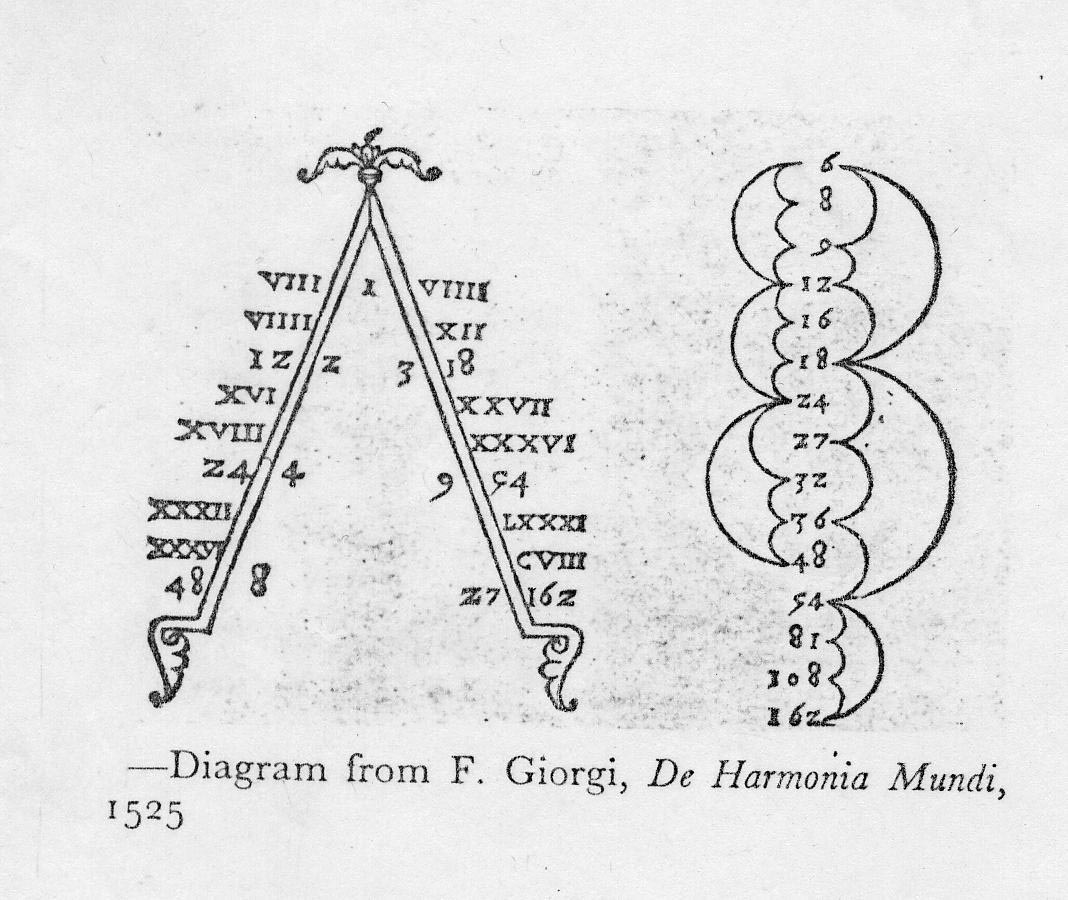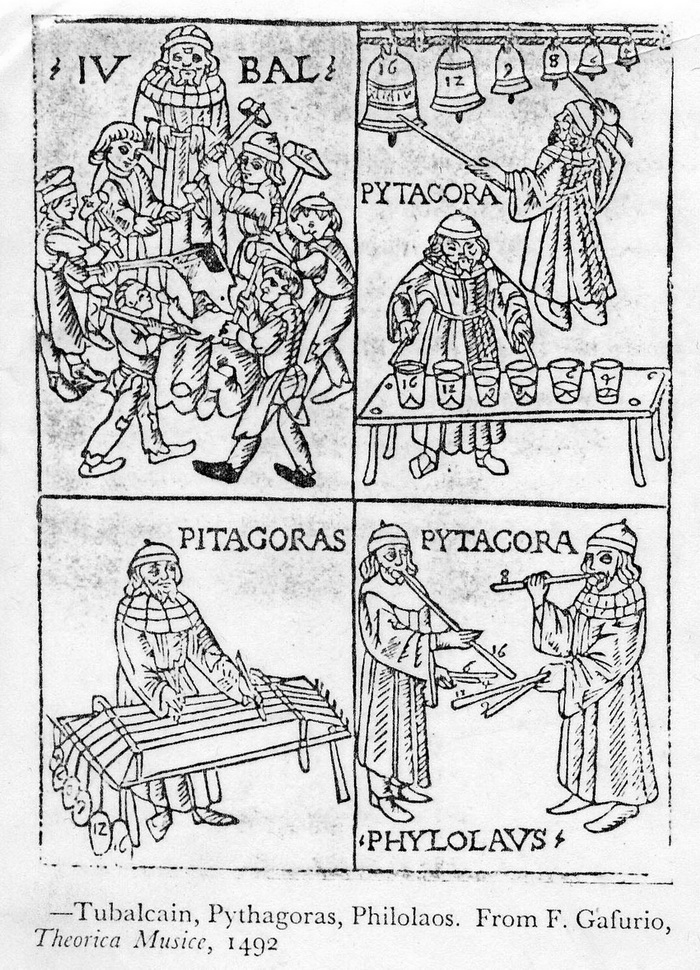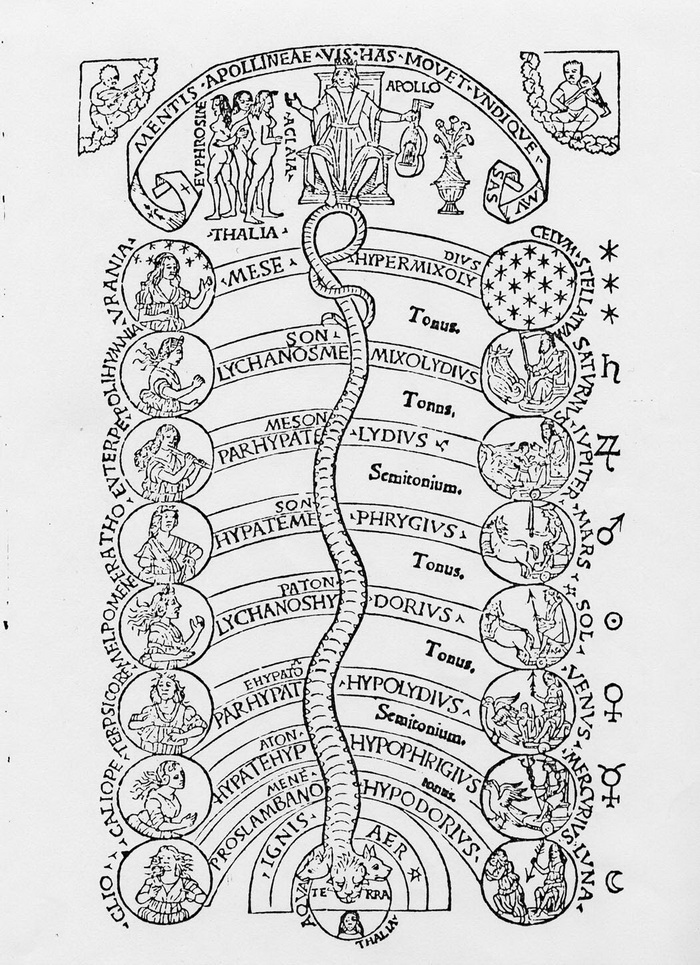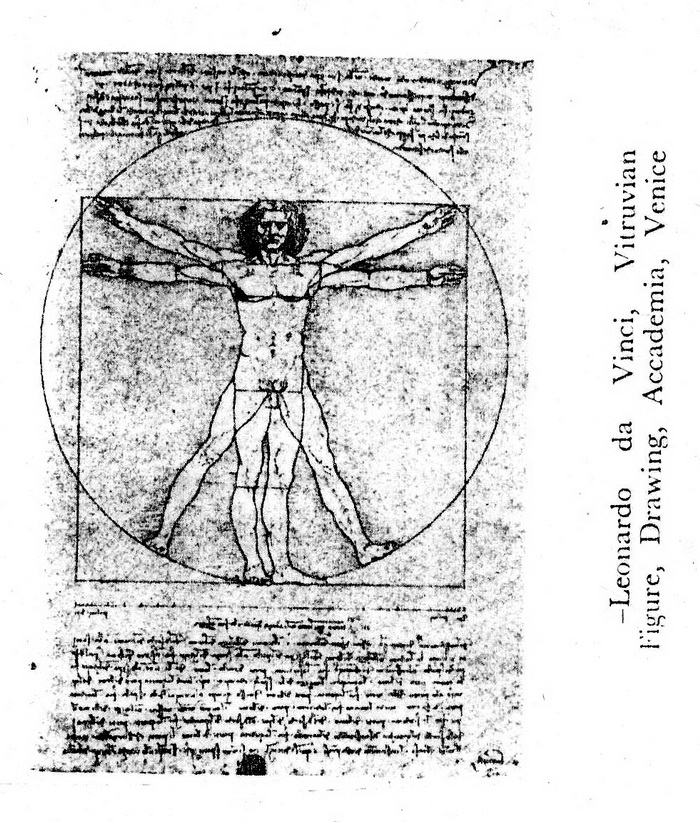12 Renaissance Music: Art, Science, Poetics
How did music relate to other fields in the Renaissance?
How did that change?
how did it relate to the humanist movement?
in what ways did they copy ancient models?
our textual example: Brandolini
“Music” as a subject in the later fifteenth century.
Renaissance classification of field: academic discipline
What is the historical artifact?
paintings, literature versus musical performance
notation
ca. 1500: when Europeans heard music, what did they hear? where?
religious services
“Gregorian” chant. Ex: Hermannus Contractus [text]
Andrea Rogava Recording: Hermannus Contractus, Salve Regina
From the mass ordinary: Agnus Dei
Another version: Agnus Dei
holidays: new settings of mass with choirs, instruments
Ex: “Worcester Fragments,” Bodleian Library
other church music: organs, choirs
confraternities: simple hymns, unison at meetings
court celebrations, festive dinners
singers and instrumental music, often with dancing
performers at other festivities
individual leisure-time amateur performance
Pitch system: variations on “diatonic” do-re-mi scales
notation:
4 or 5-line staff
symbols mark notes by pitch, indicate rhythm
names of scales/modes based on church practice
notation developed in 11th c.
Right after 1500: first printed musical compositions
NO examples of ancient music compositions known before 1550
Writings about music
music criticism: 17th-18th c NOT Renaissance
most writing: technical, “theory” or “practice”
“practical” texts: rules for composition
university subject: theory
basic theory textbook: Boethius Music, Arithmetic
mathematical proportions
Platonic or Pythagorean: Timaeus
Creator (God): unity
Creation: order imposed on formless matter 1 2 3 4

Pythagoras and the blacksmith shop 12:9:8:6
2:1 octave
12:9 or 4:3 perfect fourth
12:8 or 3:2 perfect fifth

World soul; “celestial music” or music of the spheres

Human soul
Sounding music
Related texts: ex Vitruvius

Quadrivium: cathedral schools, universities
How do humanists fit in?
At first: separate field.
Burgundians and polyphony
Guillaume Dufay (c. 1400-74).
- Florence cathedral dedicatory music
- Ex: Petrarch’s poem Vergine Bella
- Ensemble leReverdie: Dufay
- Tromboncino: Anna Delfino
Heinrich Isaac (c. 1450-1517)
- Flemish in Florence in 1480s-90s;
- music teacher (?) to Leo X (Giovanni de’ Medici)
- Ex: Tota pulchra es
What begins to change circa 1500?
“Music” as a field ca. 1600:
- “Music” refers to performance
- Science of sound: a separate field
Raffaele Brandolini (ca. 1465-1517)
younger brother of noted humanist Aurelio (1454-1497)
Florentine family: Naples ca 1466
court of Ferrante I
Augustinians
Aurelio: Rome ca. 1480
- Hungarian court of Matthias Corvinus 1489-90
- Florence: died at Rome of plague in 1497
Raffaele
1494 Naples
1495 Rome
1503 tutor to Giovanni Maria del Monte, future Julius III
Julius II: benefice, resident at Vatican
Leo X : household (also resident at Vatican); professor of rhetoric
style:
- single singer with accompaniment (often self-accompanied)
- lira da braccio
Florentine Latin poet: Angelo Poliziano (Orfeo)
Vernacular improviser in Rome:
- Bidon
- Serafino Aquilano

